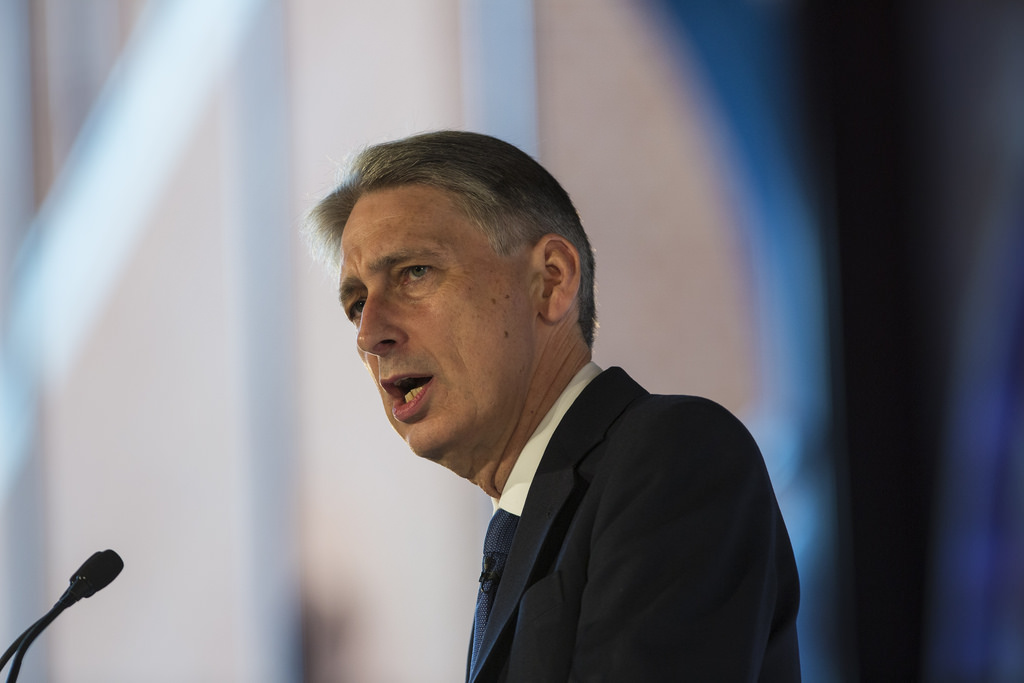The 2017 budget announcement included a number of decisions which will impact on Scotland.
Chancellor Philip Hammond’s central announcement was of a £2bn boost to Scotland’s budget through to 2021 as a result of UK spending decisions.

This led to controversy, with Scottish Conservatives leader Ruth Davidson calling on the First Minister Nicola Sturgeon to use the extra money to support Scottish services.
Sturgeon argued that the increase was “smoke and mirrors” and that much of the proposed money would have strict conditions on it and have to be repaid.
So who was right? Ferret Fact Service found Davidson’s claim to be Half True.
Evidence
The £2bn increase in Scotland’s budget was announced by Chancellor Philip Hammond during the Autumn budget statement on 22 November.
He said: “The decisions taken in this budget also mean £2 billion more for the Scottish Government.”
The figure is mentioned in the full budget document, and is described as a Barnett consequential. This means it is automatically handed to the Scottish Government as a result of planned changes to UK Government spending.
What is the Barnett formula?
The Barnett formula calculates the annual change in funding allocated to Scotland and other devolved powers, not the amount of money. The aim is to make sure that if changes are made to public spending in England, equivalent changes in pounds-per-person are made in Scotland, Wales and Northern Ireland. The formula usually relates to “block grants”, which cover the normal, everyday costs of running services. The block grant can change depending on increased devolution—greater spending powers would increase the block grant, while greater tax powers reduce it.
While the full Barnett consequentials are not in the budget document, the Scottish Parliament research centre SPICe calculated they would equal £1.97bn over the next three years until 2021.
This assessment was also shared by financial analysts the Fraser of Allander Institute, which came up with a similar figure of around £1.97bn.
In a series of tweets sent after the budget announcement, Sturgeon questioned this headline figure, saying much of the money would be in the form of financial transactions.
She highlighted that this form of finance has limitations on how it can be spent.
The Fraser of Allander Institute explained in a January 2017 briefing how financial transactions work.
“Financial transactions are Barnett consequentials that flow from UK Government investment in equity/loan finance schemes mainly in the housing market… They enable the Scottish Government to support equity/loan schemes to build new homes with some – but not full – discretion over how the programmes operate.”
They report that financial transactions are becoming increasingly common as a way to fund various government spending initiatives, but “can’t be used to support day-to-day spending on public services”.
This means the Scottish Government is limited in where it can use this money. However, financial transactions are still used regularly by ministers to support private sector investment.
Recently they have been used to fund the Scottish Government’s Help to Buy scheme, which provides loans to assist first-time house buyers. However, financial transactions are not restricted just to housing and have been used regularly by the Scottish Government.
It is important to note that financial transactions also must be repaid to the Treasury over coming years, but are seen as a cheap form of borrowing.
The exact scope of financial transactions is ill-defined, with the UK government having published very little on what it can be used for.
The real terms increase in Scotland’s Budget as a result of the Barnett consequentials is confirmed in the SPICe briefing, which shows a 0.1 per cent increase in Scotland’s block grant next year, and then a 0.1 per cent decrease for the year ending 2020.
Ferret Fact Service verdict: Half True
Ruth Davidson’s claim that Barnett formula cash could be used on housing, schools and infrastructure is technically accurate but misleading. Whilst the Scottish Government will have £2bn to spend, more than half is in the form of financial transactions which cannot be spent on day-to-day public spending. This means that much of the headline figure of £2bn will likely be in the form of Government loans and equity.
Ferret Fact Service (FFS) is a non-partisan fact checker, working to the International Fact-Checking Network fact-checkers’ code of principles. All the sources used in our checks are publicly available and the FFS fact-checking methodology can be viewed here. Want to suggest a fact check? Email us at factcheck@theferret.scot or join our community forum.Photo thanks to Chatham House, CC BY-SA 2.0.
In response to a Ferret Fact Service evidence request, The Scottish Conservatives provided the budget analysis of SPICe and The Fraser of Allander Institute.
https://www.sharethefacts.co/share/1429d181-1487-4ae2-baeb-0a51a84a53ba















